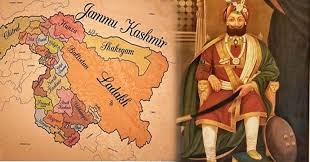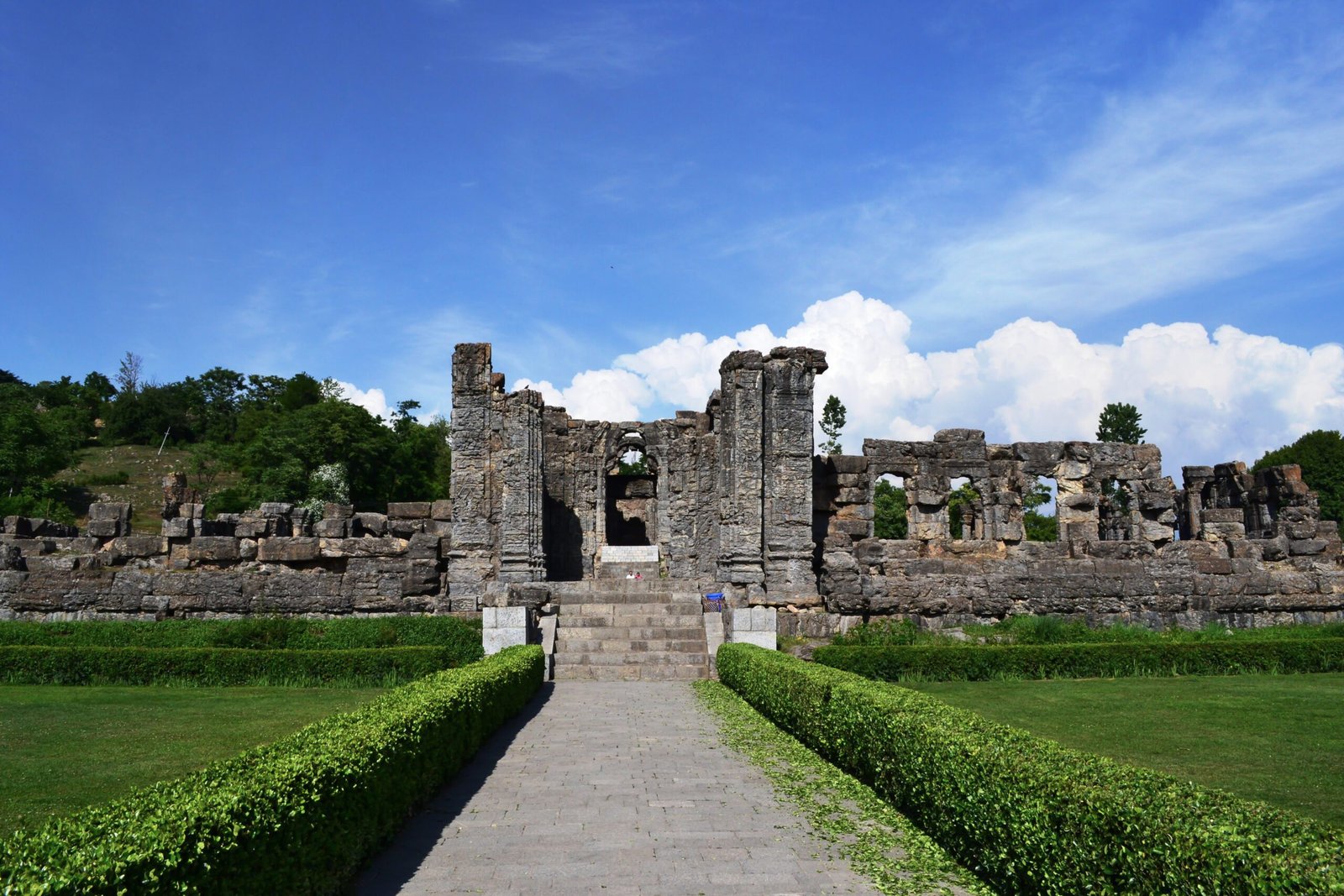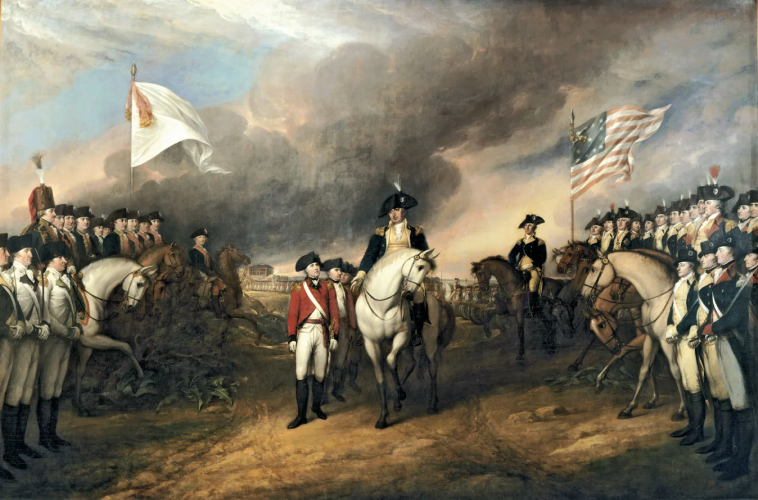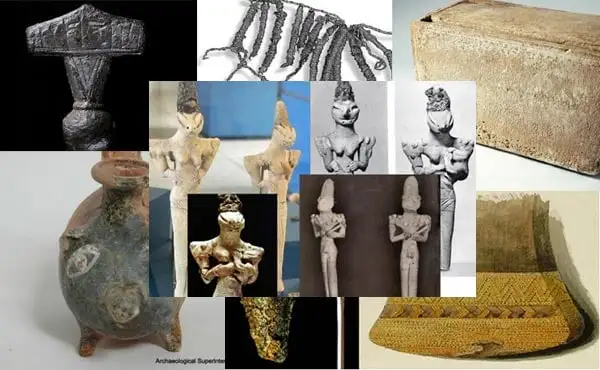Kashmir, often referred to as “Paradise on Earth,” is one of the most beautiful and historically rich regions in South Asia. Nestled in the majestic Himalayas, the valley has not only mesmerized travelers with its natural beauty but also fascinated historians with its cultural, political, and spiritual heritage. The history of Kashmir spans thousands of years, with influences from Hinduism, Buddhism, Islam, and later Sikh and Dogra rule. Understanding the history of Kashmir helps us appreciate its unique identity, diverse culture, and socio-political significance.
Ancient Kashmir – Early Civilization and Hindu Dynasties
The history of Kashmir dates back to ancient times and is mentioned in texts like the Rajatarangini written by Kalhana in the 12th century. This Sanskrit chronicle provides detailed information about the early rulers of Kashmir. The valley was originally a center of Hindu culture and learning. Temples, stone sculptures, and archaeological remains bear testimony to its Hindu heritage.
According to legends, Kashmir was once a vast lake which was drained by Sage Kashyapa, after whom the region is believed to have been named. The Naga and Pisacha tribes were among its earliest inhabitants. Later, Hindu dynasties such as the Karkotas (7th–9th century CE) and Utpala rulers (9th–10th century CE) played a vital role in shaping early Kashmiri society. They promoted Sanskrit learning, literature, and temple architecture, making Kashmir a hub of spiritual and scholarly pursuits.
Buddhism in Kashmir – A Center of Learning
Kashmir became an important seat of Buddhism after Emperor Ashoka’s rule in the 3rd century BCE. He is believed to have introduced Buddhism to the valley, and under his patronage, stupas and monasteries were built. By the 1st century CE, Kashmir had emerged as a major center of Buddhist learning and attracted scholars from across Asia.
Buddhist monks from Kashmir traveled to Central Asia, China, and Tibet, spreading Buddhist philosophy. The famous scholar Kumarajiva, who translated Buddhist texts into Chinese, had roots in Kashmir. Even today, the influence of Buddhism can be seen in the remnants of monasteries and rock carvings in Ladakh and nearby regions.
Islamic Influence – Arrival of Sufi Saints
The 14th century marked a turning point in the history of Kashmir with the advent of Islam. Sufi saints such as Bulbul Shah and later Sheikh Noor-ud-din Noorani (Nund Rishi) played a vital role in spreading Islam through their teachings of love, simplicity, and brotherhood.
In 1339 CE, Shah Mir established the Shah Mir dynasty, making Islam the dominant religion in the region. Under subsequent Muslim rulers, Persian became the court language, and Kashmiri art, culture, and literature flourished. The blending of Sufi traditions with local practices gave birth to the unique Kashmiri ethos known as Kashmiriyat, which emphasized communal harmony and cultural unity.
Mughal and Afghan Rule in Kashmir
The Mughal emperor Akbar annexed Kashmir in 1586 CE, bringing the valley under Mughal rule. During this period, Kashmir saw significant development in architecture, gardens, and crafts. The world-famous Mughal Gardens of Srinagar, including Shalimar Bagh and Nishat Bagh, were laid out during this time.
After the decline of Mughal power, Kashmir came under Afghan rule in the mid-18th century. However, this period is often remembered for its oppression and hardships faced by the local population.
Sikh and Dogra Rule in Kashmir

In 1819, the Sikhs under Maharaja Ranjit Singh captured Kashmir, ending Afghan rule. The Sikh administration brought some stability, but heavy taxation burdened the people.
Following the Treaty of Amritsar in 1846, the British handed over Kashmir to Gulab Singh, the Dogra ruler of Jammu, marking the beginning of Dogra rule. Under Dogra rulers, Kashmir witnessed administrative reforms, development of roads, and expansion of trade. However, social inequalities and political unrest continued to simmer.
Modern Kashmir – Partition and Beyond
The partition of India in 1947 dramatically changed Kashmir’s destiny. Maharaja Hari Singh, then ruler of Jammu and Kashmir, initially wanted to remain independent. However, after tribal invasions supported by Pakistan, he signed the Instrument of Accession to join India, leading to the first Indo-Pak war. Since then, Kashmir has remained a point of contention between India and Pakistan, shaping its modern political narrative.
The history of Kashmir is not just a story of rulers and dynasties but also a tale of cultural diversity, spiritual teachings, and resilience of its people. From being a hub of Hindu and Buddhist learning to embracing Sufi traditions and flourishing under Mughal patronage, Kashmir has always been a confluence of civilizations. Despite modern political complexities, Kashmir continues to symbolize unmatched natural beauty, rich cultural heritage, and an enduring legacy that attracts scholars, travelers, and seekers from across the globe.
Read Also: Tours And Travels Website Design
![]()





